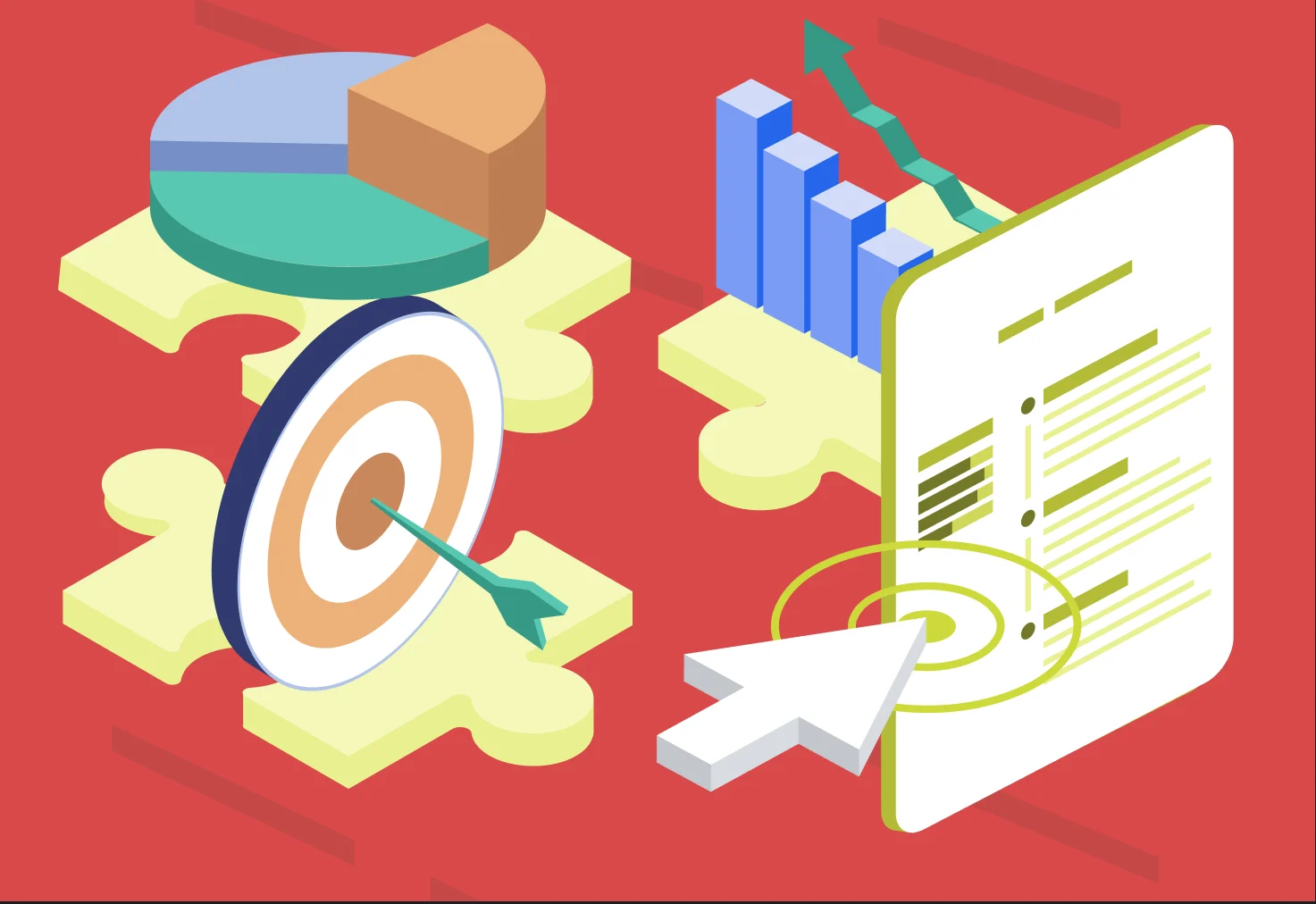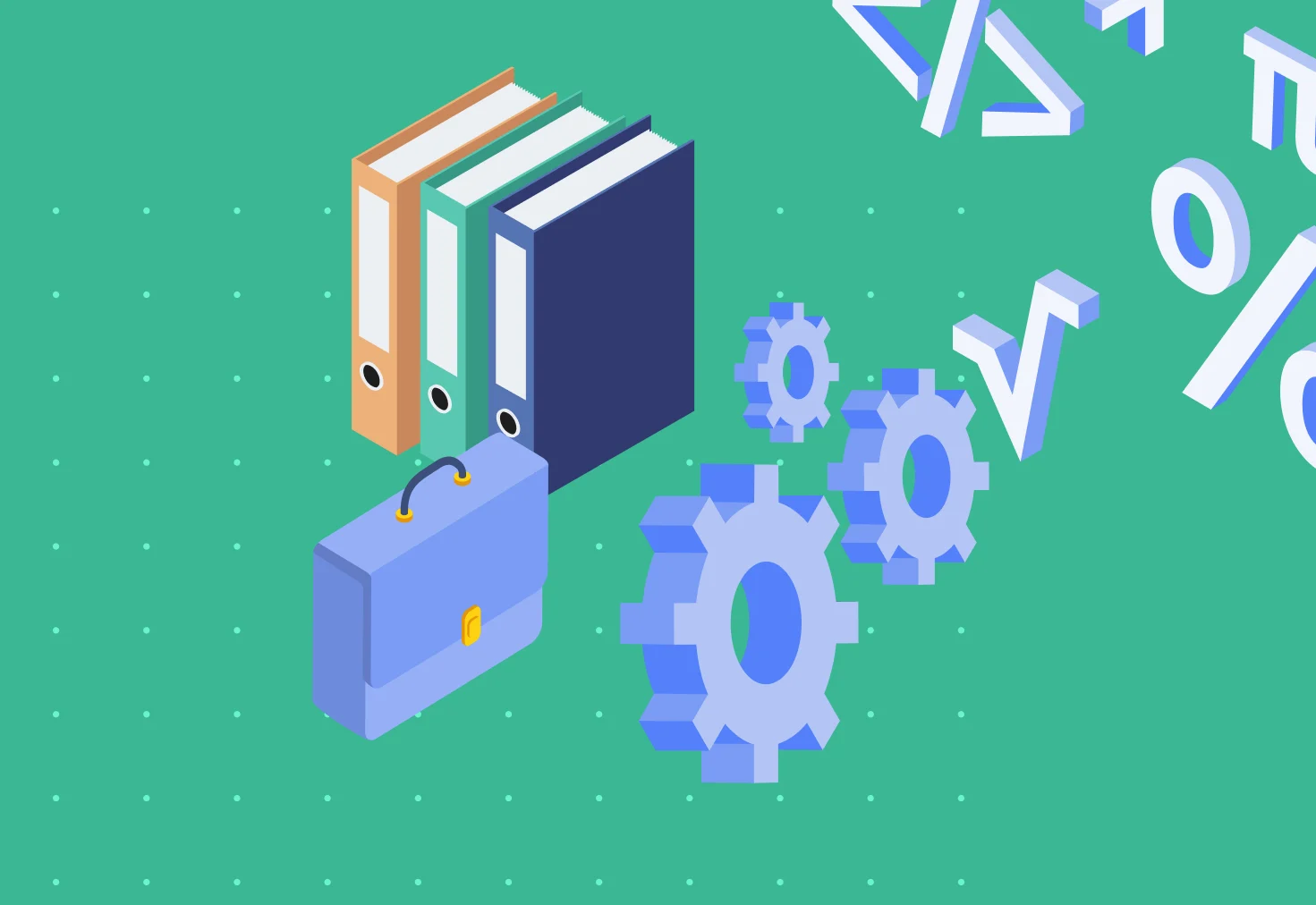The job market is constantly shifting. As humanity progresses and technology advances, the demand for some abilities fades while the need for others increases. That’s where upskilling and reskilling come into play.
On the one hand, these activities allow professionals to stay competitive and improve their employability. On the other hand, companies are upskilling and reskilling the workforce to enhance their productivity and better meet the needs of the volatile professional landscape.
But what exactly are the differences between upskilling and reskilling, and when is one better than the other? Let’s find out the answers to these questions!
Key Takeaways
Upskilling refers to enhancing one’s existing skills to progress their career vertically.
Reskilling is the process of acquiring new skills that are required for a different career.
Reskilling is generally more urgent, and it has a steeper learning curve, while upskilling is often an ongoing process that’s easier to do.
Some of the main benefits of upskilling include enhancing productivity, advancing a career, and discovering hidden talents.
Some of the main benefits of reskilling are adaptability to technological changes, increased employability, and additional career opportunities.
What is Upskilling?

Upskilling is the process of improving one’s existing skill set and learning new abilities that can help them become better at their current job and advance their career. It leads to a vertical progression, where competent professionals become further proficient at their work.
This method is becoming increasingly important as advancements in technology exponentially speed up. New software and techniques come out and get improved all the time, and utilizing them to their full extent is crucial for business success.
Upskilling through continuous learning, self-improvement, relevant coursework, and various other activities helps individuals and organizations adopt new methods and technologies.
By improving individuals’ abilities, upskilling helps them progress in their field, learn high negotiate higher salaries, and find better job opportunities. On the flip side, organizations often utilize upskilling to improve internal workforce mobility and overall efficiency.
Upskilling Example
An example of upskilling would be a digital marketer taking a course to acquire data analyst skills. Data analysis can help them create more precise strategies, target better audiences, and extract more valuable insight from their results.
What is Reskilling?

Reskilling is the process of learning new hard skills unrelated to a professional’s current field. This method works best when these new abilities are somewhat related to the ones the person already has, though that’s not always the case.
It’s common for someone to acquire a completely different set of skills and qualifications that puts them on an entirely new career path. As a result, reskilling often leads to fundamental career changes, such as getting different jobs or significantly modifying the way they perform in existing roles.
Reskilling helps individuals navigate the shifts in the professional landscape. It allows them to get jobs in new spheres once the need for their current qualifications diminishes.
On the other hand, organizations often utilize reskilling to create an agile workforce and keep competent professionals employed in new roles.
Reskilling Example
A reskill example would be a graphic designer transitioning to the role of a social media marketer in a company that pivoted from content creation to social media advertising. A long-term employee would be familiar with the company's inner workings, and specialized training in social media skills would help them fill the role better than a new hire.
5 Main Differences Between Upskilling and Reskilling
Let’s find out what the main differences are between upskilling and reskilling.
#1. Goal
The goal of upskilling is to improve professionals’ performances in their current roles or to grant them better job opportunities within their fields. On the other hand, the purpose of reskilling is to change the individual’s trajectory and career goals and to prepare them for jobs that are different from the ones they are currently doing.
#2. Urgency
Reskilling is typically more urgent than upskilling. The reason for this is that individuals need to acquire new skills—often highly technical ones—from the ground up, and they generally cannot work until they do so. Upskilling is a proactive approach to improvement that typically keeps someone updated with the advancements in their profession.
#3. Timeframe
Upskilling and reskilling programs have vastly different time frames. Reskilling typically happens much faster than upskilling. For example, there are many courses and boot camps that can help individuals reskill within weeks. On the flip side, upskilling is usually a career-long process of continuous learning and improvement.
#4. Learning Curve
Since reskilling often involves acquiring abilities that are mostly unknown to the individual, there’s often a steep learning curve. This is further reinforced by the fact that there are tighter deadlines and more urgency. Upskilling is typically easier as it builds upon the existing knowledge.
#5. Career Impact
Upskilling results in a vertical career progression where individuals advance to more complex roles and get higher salaries. Reskilling results in lateral movement, with professionals not necessarily advancing to a higher role but getting a similar position in a different career.
Top 3 Benefits of Upskilling

Now that we know the differences between upskilling and reskilling, let’s find out what some of the main benefits of upskilling are.
#1. Identifying Hidden Skills
The process of upskilling allows individuals to find out hidden skills and talents they have but weren’t aware of.
These initiatives often require individuals to step out of their comfort zones to try new things and work on complex projects that ask for more than their usual abilities. As a result, they can reveal traits and proficiencies that can help them perform better without much additional training.
This is particularly prominent with soft skills. For example, professionals can discover they have a knack for leadership or management, exceptional organizational prowess, problem-solving capabilities, and more.
Identifying these hidden skills can rapidly and significantly boost a person’s career, but it can also benefit their employer and the organization.
#2. Advancing Your Career
One of the main reasons people resort to upskilling is to advance their careers. A WEF survey finds that as many as 94% of business leaders expect employees to upskill on the job. This allows people to take on greater challenges and successfully navigate more complex roles to help organizations reach their goals.
Employees who become more efficient, better at solving problems, and less replaceable in their organization are typically rewarded with promotions and salary increases. Further efforts to improve skills through continuous learning and development also demonstrate commitment to the profession and exceptional motivation.
These are all highly sought-after traits in the business world, where a dedicated workforce is always in demand.
#3. Enhancing Productivity
Enhanced productivity is one of the most direct perks of upskilling. It’s the immediate result of professionals improving their abilities in their field.
A boost in productivity comes after individuals learn how to use the latest tools and technologies better and when they familiarize themselves with modern methodologies. This leads to a straightforward increase in output while the quality of work remains the same or even improves.
The increased productivity of an individual or workforce then leads to better task performance, a reduction in the time and resources required, an increase in job satisfaction, and so on. This creates a positive feedback loop where upskilling leads to enhanced productivity, which then leads to a desire for more progress and proactivity.
Top 3 Benefits of Reskilling

Now that we’ve seen the pros of upskilling, let’s find out what the benefits of reskilling are.
#1. Adapting to Technological Changes
Reskilling is essential to adapting to technological changes and constant advances. Many of these improvements make current skills—and even entire jobs—obsolete. For instance, current developments in the field of AI pose risks in the form of job losses.
Reskilling programs and efforts help people transition to careers that are in higher demand than their current roles. They equip them with relevant hard skills and proficiency in modern technologies and methodologies.
This doesn’t just help individuals remain competent in the shifting business climate; it allows organizations to remain functional and productive. By reskilling the workforce, organizations become more flexible and able to use the latest technologies to their full extent.
#2. Finding More Career Opportunities
One of the main reasons people reskill is to find more career opportunities. Additional abilities acquired this way open up ways that might’ve been entirely inaccessible previously. This allows workers from some of the fastest-declining industries to pivot to fields that are in higher demand.
This is particularly helpful when transitioning to industries where the demand for competent professionals exceeds the current supply. This includes many high-paying IT jobs, such as cybersecurity, data analysis, web development, machine learning, and so on.
Another reason people reskill is to gain high-income skills and look for more lucrative roles. There are many high-paying jobs that require no degree, making reskilling a great way to quickly switch lanes and get a position that offers better benefits and more opportunities for advancement.
#3. Increasing Employability
Reskilling significantly increases the individual’s employability, as it gives them a broader range of jobs that they can do. By getting additional qualifications, people become more resilient to fluctuations in demand for specific roles and careers.
Proactive reskilling is one of the best ways to mitigate the risks that come with sudden layoffs. Furthermore, by displaying versatility through their work or well-written resumes, these professionals can get more attention from employers, who always look for adaptable, flexible, and multi-talented individuals.
Reskilling also makes it easier for a person to learn additional related skills quicker than their less-skilled competitor down the road.
Final Thoughts
Upskilling and reskilling are essential strategies in the modern professional’s arsenal. They are some of the best ways individuals can stay up to date in the ever-evolving job market. Moreover, companies are incentivized to assist their employees when upskilling or reskilling, as the outcome directly impacts organizational productivity.
Whether you’re looking to switch roles or future-proof your career, this is a good way to do it. Take a look at the upskilling and reskilling examples that we’ve provided in this article, examine the differences, and weigh the benefits of each, and you’ll easily determine which path is optimal for you. Best of luck with your professional endeavors!
Related Articles
9 Essential Remote Job Skills That Will Make You Stand Out


